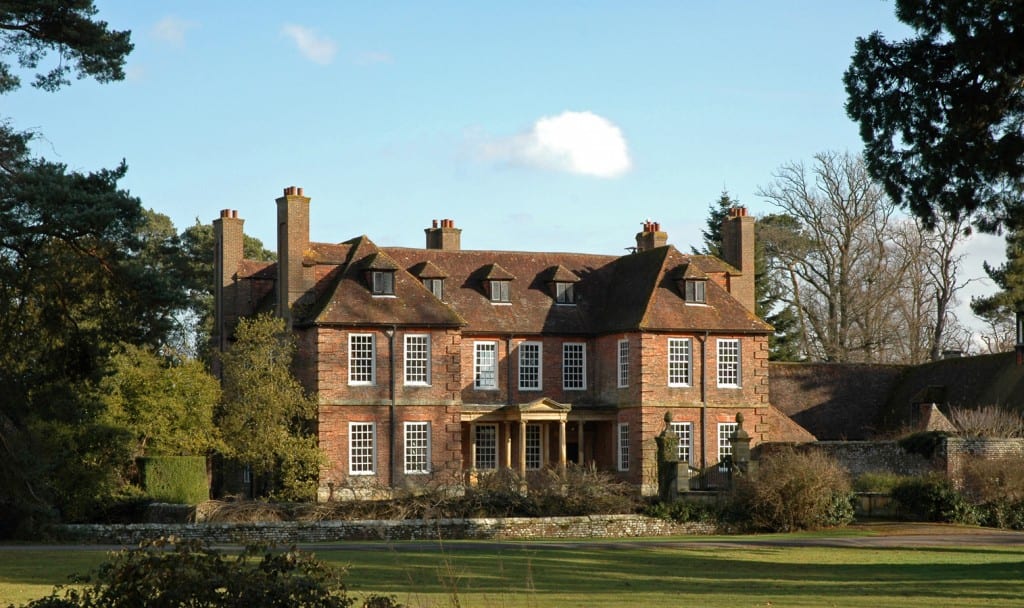7 books, 8 films and over £5billion at the global box office; Harry Potter is a global phenomenon. The book series have become the most successful movie franchise in history and the eight films have amassed a huge fortune as well as merchandise, a theme park and a film studios tour.
For over 10 years, Leavesden Film Studios was the home the Hogwarts, Privet Drive and the Ministry of Magic. This really is the place where the ‘magic’ took place, from creating those adrenaline-filled Quidditch matches to the action packed battle over Hogwarts.
Now fans from all around the world have the chance to step behind-the-scenes and into the ‘Warner Bros. Studios Tour London’.
From set design to costumes, props to visual effects, this tour has everything. The attraction, takes up to 5,000 visitors on a journey throughout the 10 years of filmmaking.
Sarah Roots, Vice President of Warner Bros. Studio Tour London, commented: “What makes the Tour so special is that everything on show has been used in the making of the Harry Potter film series. All the sets, props and costumes are authentic and show the incredible detail and craftsmanship that goes into film production. All the films were shot at Leavesden so it’s wonderful to have given the sets a permanent home here.”
Once visitors are welcomed to the tour they are transported through the large golden doors and into The Great Hall.
Here they can walk around this iconic room, see the tables set ready for dinner, and stare in awe at Dumbledore’s cloak.
After the Great Hall, visitors are set free to explore plethora of sets and props and immerse themselves in the magical world behind the scenes.
Take your picture in front of the full-size gates of Hogwarts, step inside Dumbledore’s office and explore the Weasley’s kitchen complete with the self-knitting scarf and the saucepans that clean themselves.
Visitors are given free reign to explore the sets, there is no time limit and you can spend as long as you want to soak up all the magic.
The makers of the tour haven’t missed a thing, as you walk through the tour you are able to walk through Diagon Alley and knock on the door of No. 4 Privet Drive.
Every step along the way offers a new and exciting aspect of production. Props, costumes, sets and vehicles (of course that includes the brooms) you can take an in-depth view of how the team of artists, builders, makeup artists and costume designers created the magic.
For those who wonder how they built the wizarding world, you are able to view each and every scale model used throughout production. Have you ever thought how film crews begin with designing sets as large as the Ministry of Magic? Well now you can see how, from the first sketches all the way to the full size sets, you can see the whole production process.
There are many secrets and surprises that can be found along the way. For any Harry Potter fan this is a must-see and even for those that are simply interested in the method of producing those blockbusters. The Warner Bros. Studios Tour is one-of-a-kind and the most comprehensive attraction for any film lover.
Tickets prices start at £30 for an adult ticket, and more information about the tour visit http://www.wbstudiotour.co.uk/.
TM and © Warner Bros. Entertainment Inc
Harry Potter Publishing Rights © J.K.R.
Harry Potter characters, names and related indicia are trademarks of and © Warner Bros. Entertainment Inc. All Rights Reserved.











